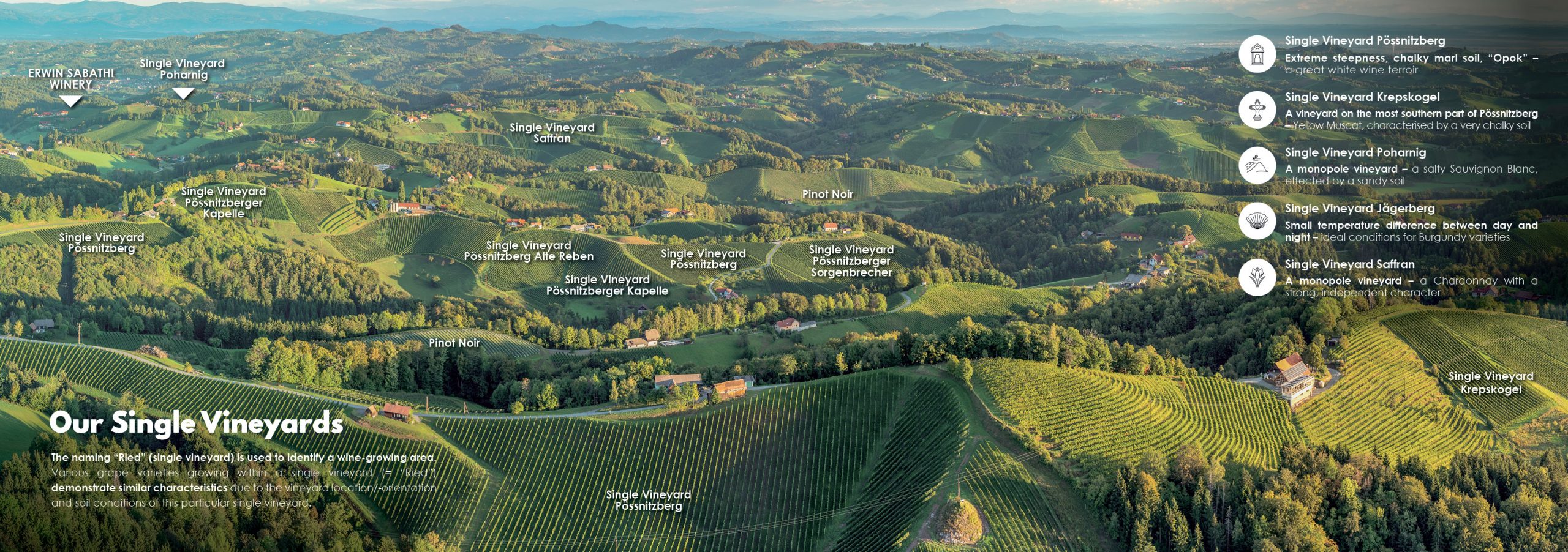Erwin Sabathi
and Pössnitzberg
A perfect symbiotic relationship of wine and nature.
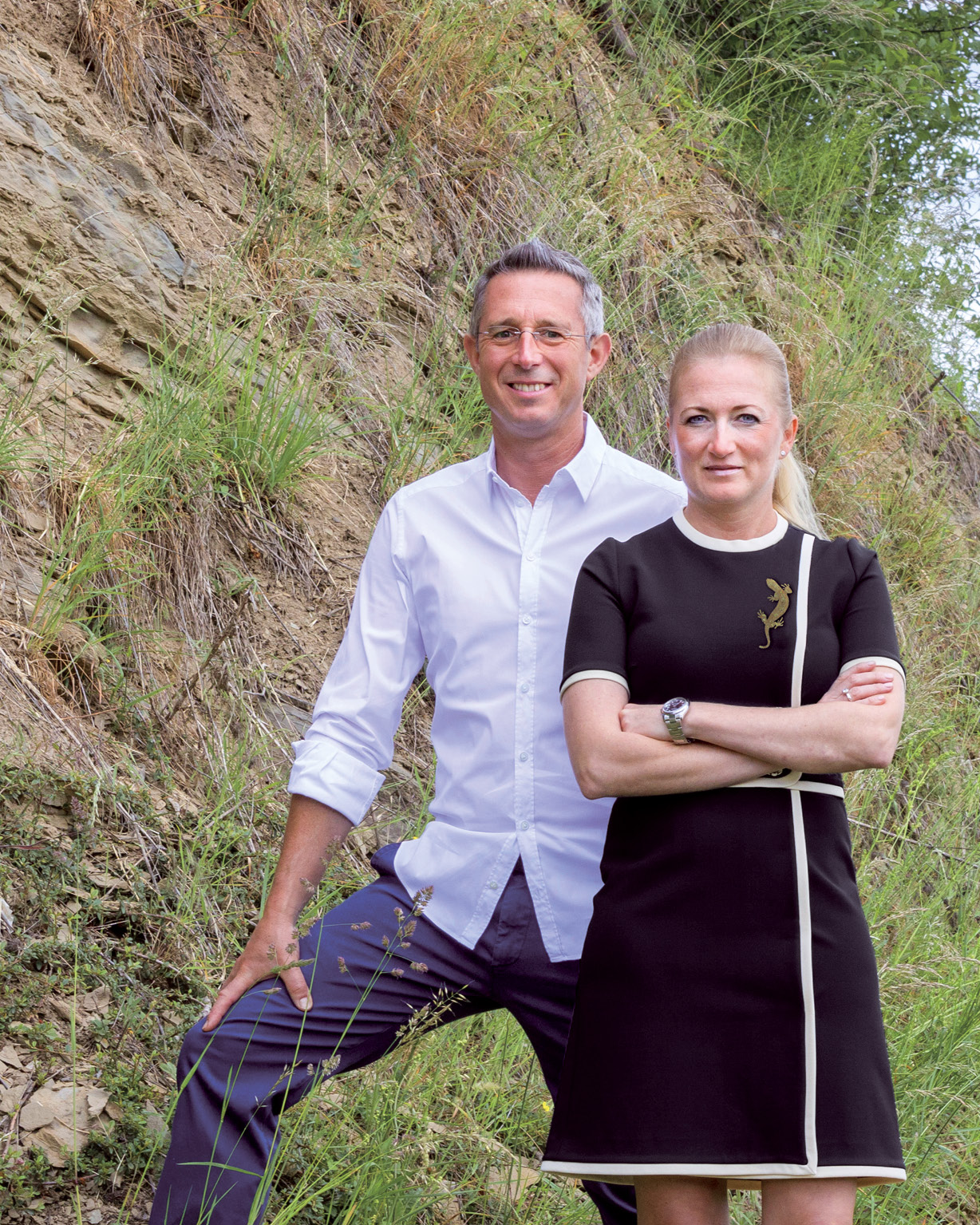
„Having vineyards with terrific soil conditions
is not enough on its own.“
(Patrizia & Erwin Sabathi)
An equally important component is the way we cultivate our vineyards. > Terroir is based on the climate, on the soil and on the people, cultivating it.
Geology, soil, and climate results in an independent mixture of microorganisms. Based on strains of microorganisms, different origins can be clearly distinguished from each other. Studies have shown that microorganisms in grape juices can be used to identify the origin of the grapes. Typical aromas, styles and vineyard potentials are results of them.
Humans exert a great influence with their way of cultivating. Natural soil management, support for plant health and working of 100 percent organic is very important for us. The spontaneous fermentation, only with natural yeasts, ensures the creation of wines reflecting their terroir. This also explains why we do not use any selected yeasts.
If you accompany the way of natural winemaking, taking as little influence as possible in natural processes, then this wine reflects the most traceable origin.
And this is exactly what our philosophy is based on: “Our wines reflect our terroir.”
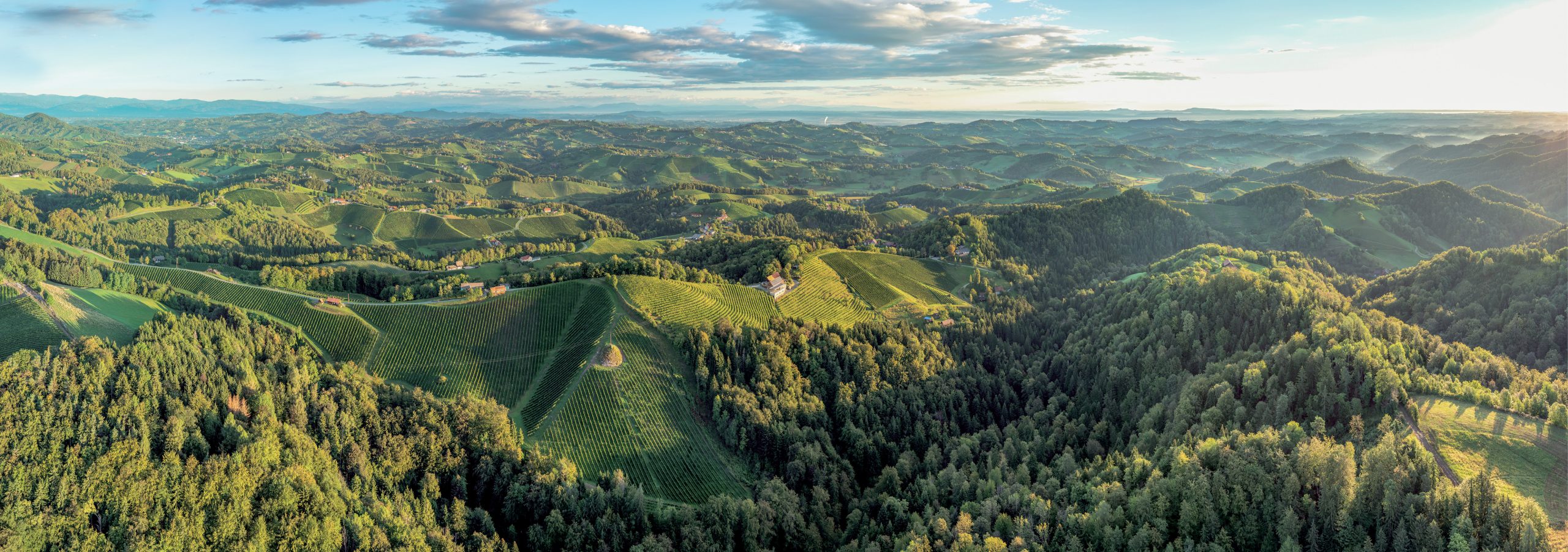
 Pössnitzberg
Pössnitzberg
A historical naming
The name “Pössnitz” originates from the Slavic word “pesek” and means “sand”. The name describes a mountain between two 2 sand-carrying streams, which are located there. The first documentary mention of “Pesnich” dates back to 1139. In 1436 “Pössnitzberg” is first mentioned in a document. At that time the Counts of Cilli had been the landlords on “Pössnitzberg”.
How can our vineyards on
Pössnitzberg be described?
Extreme steepness, intensive manual work,
very chalky soils, a great white wine terroir.
Steepness and extremely chalky soils account for grand, deep terroir wines – laborious and intensive manual work provided.
This extremely steep and rocky single vineyards benefit from partly very old vines and deep roots. Due to an inclination of 75% these vineyards need to be cultivated almost by hand.
The single vineyards from Pössnitzberg are predestined as a great white wine terroir. Chardonnay and Sauvignon Blanc flourish there. All our wines from these single vineyards are classified as “Große STK Ried” (Grand Cru STK).
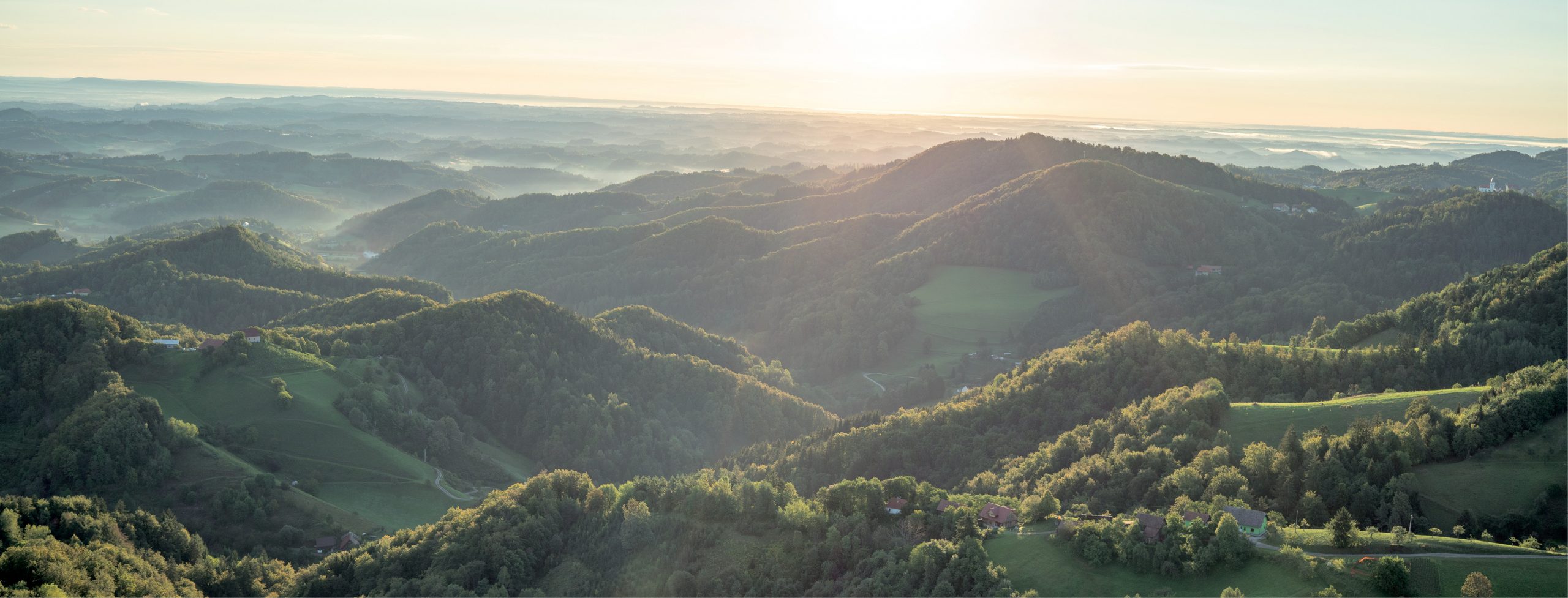
Why are our vineyards on Pössnitzberg
so perfect for the two French grape varieties
Chardonnay and Sauvignon Blanc?
It is the terroir, the way we cultivate our vineyards
and the perfect interaction of these two factors.
We are almost the sole winegrowers on Pössnitzberg. Our vineyards there show soil conditions that are unique in Austria and very similar to those that allow these wines to grow in their original homeland: extremely poor, chalky soils in combination with other special soil structures that are also prevalent in Burgundy.
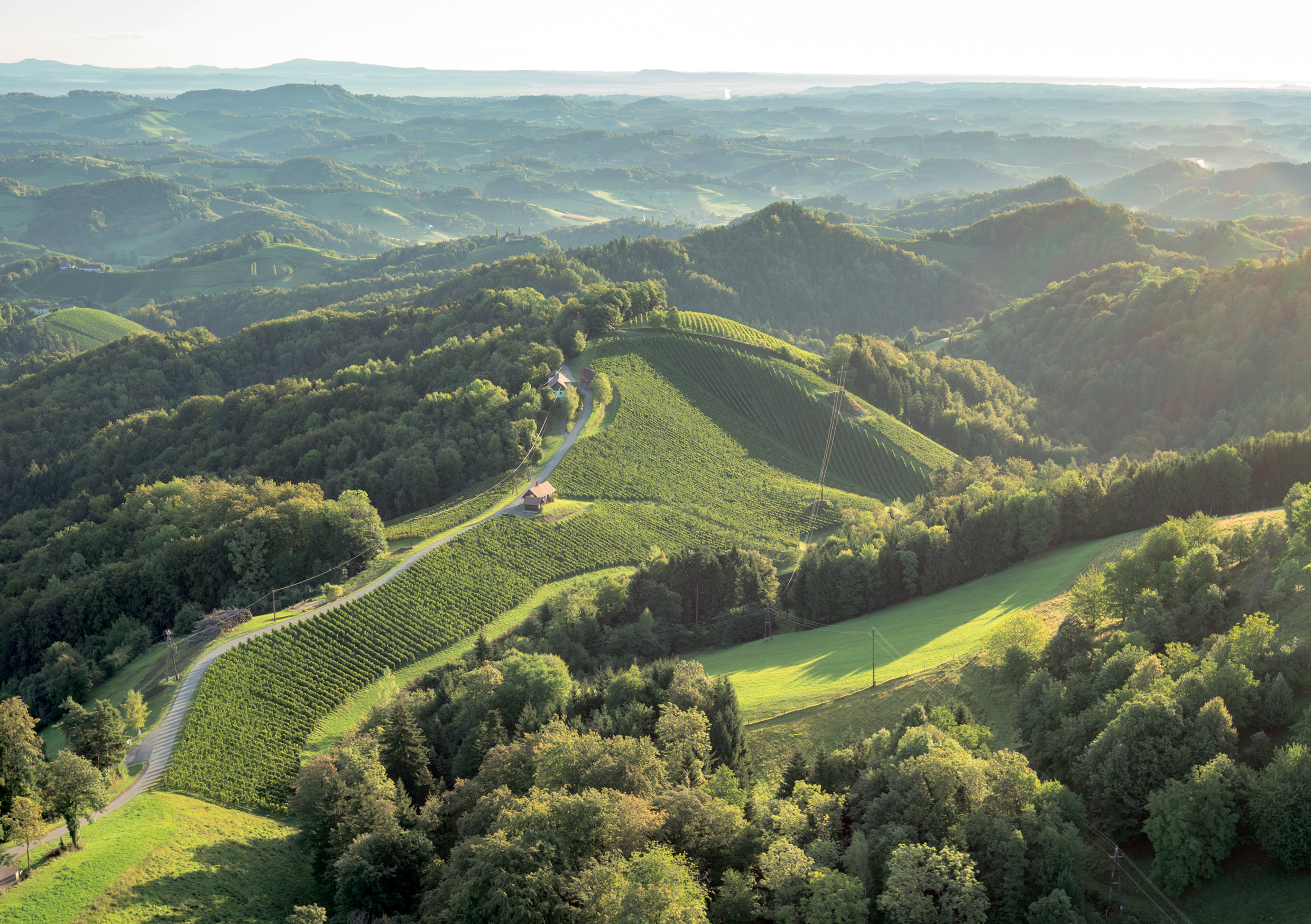
Looking at our vineyards on Pössnitzberg,
how comes our stylistic independence?
This independence is based on several components:
Primarily, on the geological component: Pössnitzberg was millions of years ago a steep coast on the southern edge of a sea basin, in contrast to other wine-growing areas of Southern Styria. Therefore, Pössnitzberg has a different geological structure. Another component resulting from the geology is the soil: our vineyards on Pössnitzberg have extremely poor, chalky soils in combination with other special soil structures that are also prevalent in Burgundy, and this is unique in Austria.
Then there is the geographical factor: the single vineyards from Pössnitzberg are the most southern single vineyards in Styria. Characterised by enormous steepness, surrounded by dense forests, our vineyards are not influenced by the river Mura, but by the nearby river Drava. This also explains the climate component: high temperature differences between day and night.
But having vineyards with terrific soil conditions is not enough on its own. An equally important component is the way how the vineyards are cultivated.
Natural soil management, supporting plant health and working of 100 percent organic is very important for us. The spontaneous fermentation, only with natural yeasts, ensures the creation of wines reflecting their terroir.
This also explains why we do not use any selected yeasts. The Pössnitzberg on its own is not the guarantee for great wines. Terroir, and the human being behind this terroir, make wines from Pössnitzberg to „Pössnitzberg“.
„The way we cultivate our vineyards is only a reflection of
what we are going to do to ourselves and to each other.“
(Patrizia Sabathi)
Why do we have different types of wines
from the single vineyard Pössnitzberg?
>> click here >> for the single vineyards from Pössnitzberg
